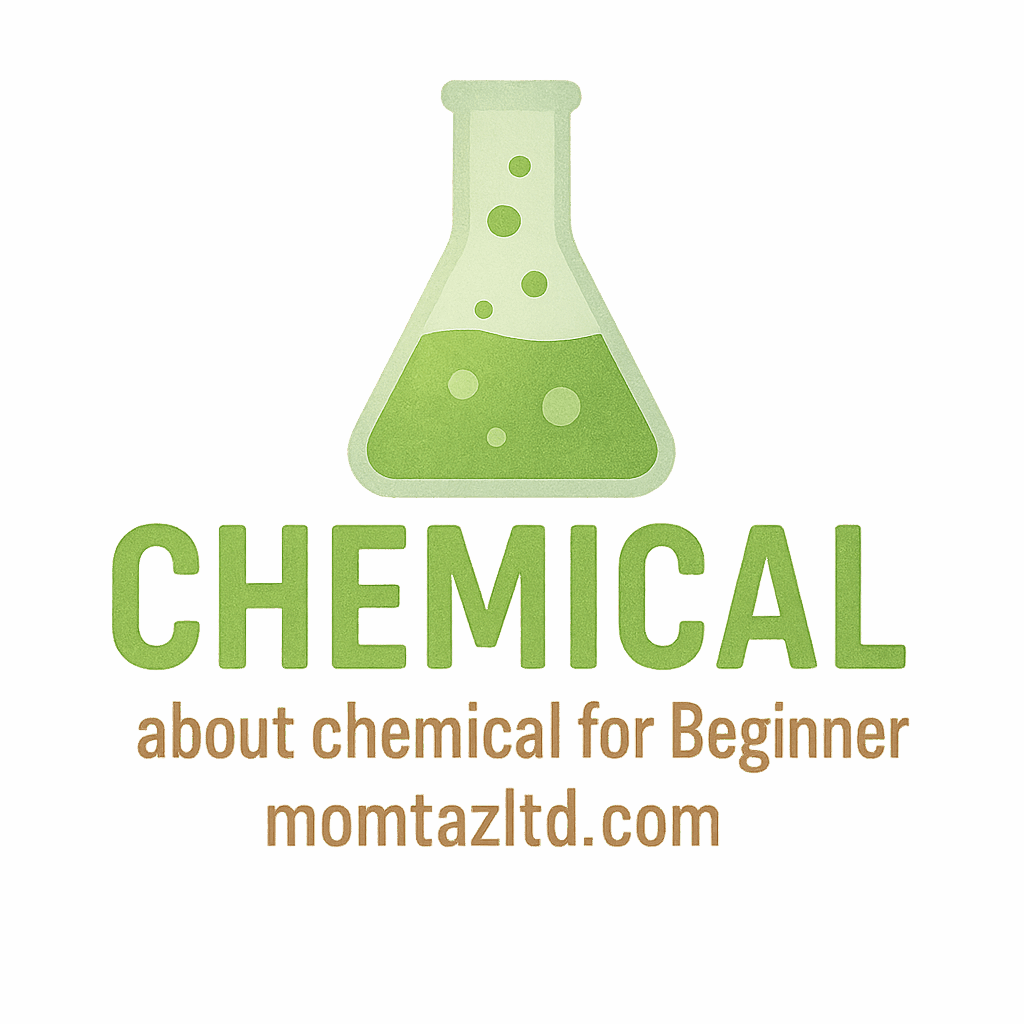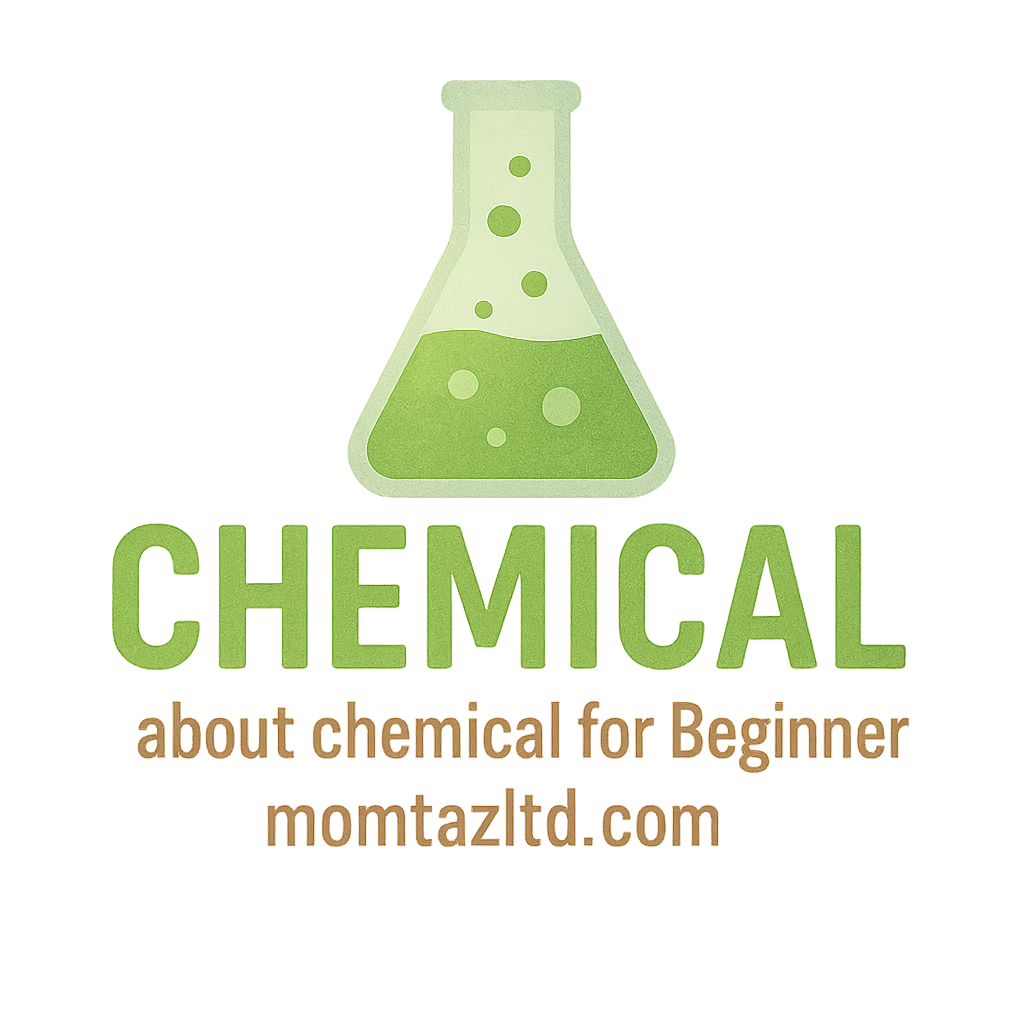Introduction
We all want to keep our homes clean, tidy, and comfortable, but the chemicals used to maintain a pristine household can sometimes be harmful to our health. Household cleaning products, pesticides, and even the air fresheners we use can contain chemicals that pose serious risks. So, it’s important to be aware of the potentially harmful substances lurking around your home. In this article, we’ll explore 10 harmful household chemicals to be aware of and provide safety tips to help reduce exposure.
What Are Harmful Household Chemicals?
Harmful household chemicals are substances commonly found in everyday cleaning, maintenance, and personal care products that can be toxic to humans and the environment. These chemicals, while effective at cleaning or disinfecting, can cause a range of health issues, including respiratory problems, skin irritation, and even long-term diseases when handled improperly or used frequently.
You can read more about chemical safety and its implications on chemical safety.
Why You Should Be Concerned
The risks of exposure to harmful household chemicals are real. Whether you’re inhaling fumes, absorbing chemicals through your skin, or ingesting traces via food or drink, these substances can have significant health implications. From asthma to cancer, harmful chemicals can affect various systems in the body, especially when exposure is prolonged. Taking precautions and being educated about these chemicals can protect you, your family, and your pets from unnecessary harm.
For more on handling chemicals safely, check out the Chemical Safety page.
1. Ammonia
Common Uses of Ammonia in the Household
Ammonia is commonly found in glass cleaners, floor cleaners, and degreasers. It’s known for its strong cleaning power, especially for removing grease and dirt. Many people use it to clean kitchen surfaces, windows, and even bathroom tiles.
Dangers of Ammonia Exposure
Ammonia is highly irritating to the eyes, skin, and respiratory system. Exposure to high concentrations of ammonia vapors can cause coughing, wheezing, and shortness of breath. Prolonged exposure can even damage lung tissue and aggravate asthma and other respiratory conditions.
How to Handle Ammonia Safely
To use ammonia safely, always wear gloves and ensure good ventilation. Never mix ammonia with bleach, as this creates toxic chloramine vapors. Keep ammonia products away from children and pets.
2. Bleach
What is Bleach and How is it Used?
Bleach is a powerful disinfectant commonly used to whiten clothes and clean surfaces. It’s also found in many household cleaners, including toilet bowl cleaners and bathroom disinfectants.
Health Hazards of Bleach
Bleach can irritate the skin, eyes, and respiratory system. Inhalation of bleach fumes can cause throat irritation, coughing, and chest pain. Prolonged exposure to bleach has also been linked to more severe conditions like asthma and other lung issues.
Safe Bleach Handling Tips
When using bleach, always wear protective gloves and ensure proper ventilation. Avoid mixing bleach with other chemicals, such as ammonia, as it can produce toxic fumes. Consider using natural alternatives like vinegar and baking soda for cleaning tasks. If you want to dive deeper into chemical care, read more on Chemical Care.
3. Formaldehyde
What is Formaldehyde and Where is it Found?
Formaldehyde is a colorless, strong-smelling chemical commonly found in building materials, furniture, and household cleaning products. It is often used in the production of plywood, particleboard, and other pressed wood products.
The Health Risks of Formaldehyde
Formaldehyde is a known carcinogen, meaning it can increase the risk of cancer with long-term exposure. Short-term exposure to formaldehyde can cause eye irritation, a sore throat, and coughing. Prolonged exposure has been linked to respiratory issues, allergic reactions, and cancer.
How to Minimize Exposure to Formaldehyde
To minimize exposure, choose formaldehyde-free products when possible. Use air purifiers with HEPA filters and ventilate rooms properly when new furniture or building materials are brought into the home. For more information on handling chemicals, visit Learn About Chemicals.
4. Phthalates
What Are Phthalates and Their Common Uses?
Phthalates are chemicals used to make plastics more flexible. They are found in a wide range of products, from shower curtains and toys to fragrances in cleaning products and personal care items.
Health Concerns with Phthalates
Phthalates are endocrine disruptors, meaning they can interfere with hormone function. Studies have linked them to reproductive problems, developmental issues, and even increased cancer risk.
Tips for Reducing Phthalate Exposure
To reduce exposure, choose phthalate-free products, especially those that come in contact with food or skin. Opt for natural, fragrance-free cleaning products and personal care items whenever possible. Explore more Home Tips for keeping your home safe from chemicals.
5. Pesticides
Common Household Pesticides
Pesticides are used to control insects, rodents, and other pests. Common household pesticides include insect sprays, rat poison, and ant traps.
Why Pesticides Are Dangerous
Many pesticides contain toxic chemicals that can cause poisoning if ingested or absorbed. Long-term exposure has been linked to neurological issues, cancer, and damage to the immune system.
Safe Practices for Using Pesticides
Use non-toxic alternatives for pest control, such as essential oils like peppermint or citronella. If you must use chemical pesticides, follow the manufacturer’s instructions carefully and keep the products out of reach of children and pets. You can find more on chemical-related safety in Chemical Accidents.

6. Triclosan
What is Triclosan and Where is it Found?
Triclosan is an antimicrobial agent found in some soaps, toothpaste, and household cleaning products.
The Harmful Effects of Triclosan on Health
Triclosan has been linked to hormone disruption and antibiotic resistance. Its widespread use in consumer products can contribute to the development of “superbugs,” which are resistant to common antibiotics.
Alternatives to Triclosan for Home Use
Choose natural cleaning products with ingredients like vinegar, tea tree oil, or baking soda. Opt for triclosan-free toothpaste and soap. Read more on Learn from Experts for expert guidance on chemical use.
7. Air Fresheners
What’s Inside Commercial Air Fresheners?
Commercial air fresheners often contain a mixture of chemicals, including phthalates, formaldehyde, and synthetic fragrances.
Health Risks of Air Fresheners
These chemicals can cause respiratory problems, allergic reactions, and headaches. Prolonged exposure to synthetic fragrances can also disrupt the endocrine system.
Choosing Natural Alternatives to Air Fresheners
Try natural air purifiers like activated charcoal, or use essential oils in a diffuser to freshen up the air without harmful chemicals. Explore more Industrial Chemicals for safer alternatives.
8. Sodium Hydroxide (Lye)
Common Uses of Sodium Hydroxide
Sodium hydroxide, also known as lye, is commonly used in drain cleaners, oven cleaners, and some soap-making processes.
Potential Hazards of Sodium Hydroxide
Lye is highly caustic and can cause severe burns to the skin and eyes. Inhalation of lye fumes can cause damage to the respiratory system.
Handling Sodium Hydroxide Safely
Always wear gloves and protective eyewear when handling products containing sodium hydroxide. Never mix with other chemicals, and keep out of reach of children. Learn more about proper chemical storage at Chemical Storage.
9. Hydrogen Peroxide
Uses of Hydrogen Peroxide in the Household
Hydrogen peroxide is commonly used as a disinfectant and bleaching agent. It’s also used to clean surfaces, sanitize cutting boards, and even whiten laundry.
Health Concerns with Hydrogen Peroxide
While hydrogen peroxide is generally considered safe at low concentrations, higher concentrations can cause irritation to the eyes, skin, and respiratory system.
Proper Usage of Hydrogen Peroxide in the Home
Use hydrogen peroxide in well-ventilated areas and store it in a safe place away from children. Avoid using it in large quantities or mixing it with other cleaning agents. Explore more Laboratory Chemicals for safe handling practices.
10. Chlorine
What is Chlorine and Where is it Found?
Chlorine is used in various household cleaners, swimming pool chemicals, and disinfectants.
Risks of Chlorine in Household Products
Chlorine can cause respiratory issues and skin irritation. Inhalation of chlorine fumes can be particularly dangerous in poorly ventilated spaces.
How to Safely Handle Chlorine
When using chlorine-based products, ensure the area is well-ventilated and avoid mixing them with other cleaning products, especially ammonia. Consider using natural alternatives for cleaning and disinfection. For more on chemical reactions, check out Chemical Reaction.
Conclusion
Household chemicals are part of everyday life, but it’s important to be mindful of their potential risks. By understanding the dangers of certain chemicals and taking proper safety precautions, you can minimize their harmful effects. Remember, there are often natural alternatives that are just as effective and far safer for you, your family, and the environment. For more information on chemical safety and alternatives, explore resources like Beginner Chemistry to help you make informed decisions.
FAQs
- What are the most harmful chemicals in household cleaning products?
- Ammonia, bleach, and formaldehyde are some of the most harmful chemicals found in cleaning products.
- How can I reduce my exposure to harmful household chemicals?
- Use natural, non-toxic cleaning products and ensure proper ventilation when using chemical-based cleaners.
- Are there any safe alternatives to bleach for cleaning?
- Yes, vinegar, baking soda, and hydrogen peroxide are excellent, safe alternatives to bleach.
- What should I do if I accidentally ingest a harmful chemical?
- Seek immediate medical attention, and contact your local poison control center for guidance.
- Can harmful chemicals affect my pets?
- Yes, many household chemicals can be toxic to pets. Always keep products out of reach and use pet-safe alternatives.
- Are natural cleaning products effective?
- Absolutely! Natural products like vinegar, baking soda, and essential oils are effective in cleaning and disinfecting.
- What chemicals should I avoid in personal care products?
- Phthalates, parabens, and triclosan are some chemicals you should avoid in personal care products.


